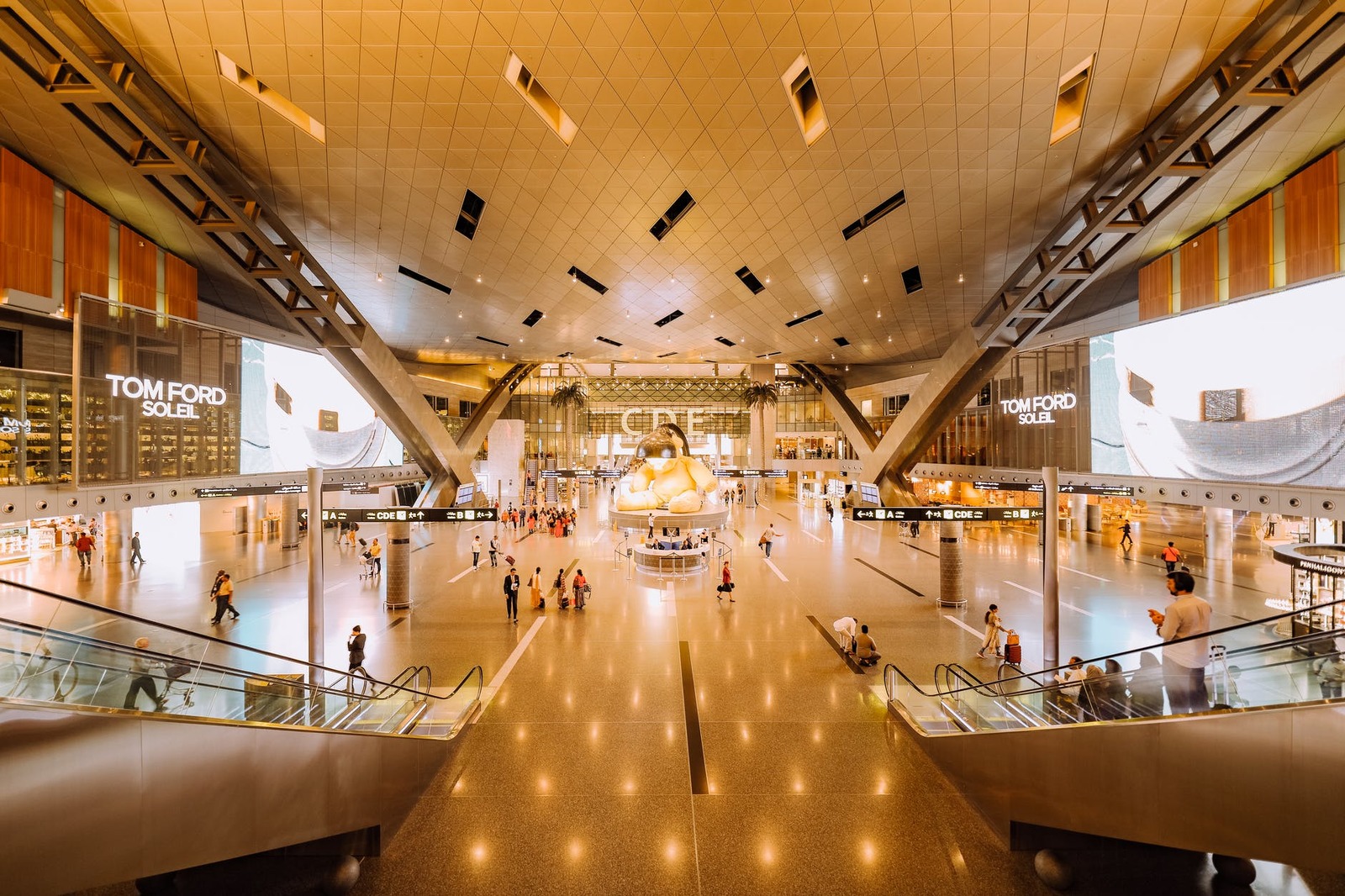
How Airports are using high efficiency filters to lower air pollution
Learn how major airports in the country are turning to high efficiency air filters to protect the indoor air quality inside terminals and other airport buildings.
RIVERDALE, NJ -- With a continuously rising volume of air vehicle traffic, it’s no surprise that airport terminals and buildings face a greater need for industrial quality air filters. The environments in and around airports are heavily polluted with gaseous contaminants and particulate matter, making it all the more important to ensure that airline passengers and workers are breathing clean, purified air.
“Air travel demand is forever increasing and airplanes, push-back trucks, passenger buses, staff buses, baggage wagons, cleaning team vehicles and catering trucks will further challenge the air filtration systems,” explains Greg Herman, National Accounts Manager at Camfil USA. “Most of these vehicles are powered by diesel engines and operate in very close proximity to gates and other passenger holding areas. As a consequence, they are the likely source of most pollution inside terminals and other airport buildings.”
High efficiency filters designed to capture particles and molecular filters designed to capture gases play a big part in preventing contaminants from affecting indoor air quality, and in turn, the health of passengers and airport staff. In recent years, their importance has become more pronounced after the public became aware of the dangers of carbon dioxide and greenhouse gases.
Another option available to airports are industrial-style stand-alone air purification systems that can be located in areas that are particularly prone to a high volume of contaminated air. The value of using units like this is they can be set to activate when sensors detect air quality that needs immediate attention. These units are capable of utilizing either particulate filters for particle removal or molecular filters for gaseous contaminant removal.
There are several State and Federal incentives that allow airports to receive funding to improve their energy efficiency and pollution emissions. These measures include tax-exempt leases, cooperatives for renewable energy, agreements for power purchasing, and other low-risk and low-cost options. There are also grants that provide funding to airports and other public facilities, allowing them to procure industrial air filter systems, buses that run on renewable energy, and even solar panel arrays.
It’s important for airports to be proactive and use both high efficiency particulate and molecular filters to protect their staff and passengers. With the proper-strength air filtration system, the air inside terminals and airport buildings can be kept safe from harmful pollutants.
For more than 50 years, Camfil USA has been a leading provider of air filtration systems that meet the demands of airports when it comes to capturing and removing both particulate matter and gaseous pollutants. Get in touch with our experts for the airport air filters to learn how we can help solve your air quality problems.
Media Contact:
Lynne Laake
Camfil USA Air Filters
T: 888.599.6620
F: Friend Camfil USA on Facebook
T: Follow Camfil USA on Twitter
Y: Watch Camfil Videos on YouTube
Source:
Visit our Camfil USA Nashville branch office here.